Neck injuries is damage to the muscles, ligaments, nerves, discs, bones or joints. Here’s a few neck conditions our practitioners can help you recover from. There are different types of structures in your neck, each one with it’s own set of signs and symptoms. The first step is understanding what we’re really dealing with, then we must establish how severe it is. Most of the neck conditions and injuries we treat have more than one problem at the same time.
Your neck injury doesn’t happen in isolation. Multiple structures gets injured, the question is which one takes priority. To illustrate an example: If you are suffering from whiplash, we expect at least 4 ligaments sprains, obvious neck muscle spasms or strains, as well as 6 tendon injuries, but when nerves gets involved your pain can spread to other areas quite fast. When we diagnose patient problems, we determine the hierarchy of priority and focus our treatment on that.
Neck injuries
These are neck conditions our physiotherapist can help you recover from, ease the pain or even heal.
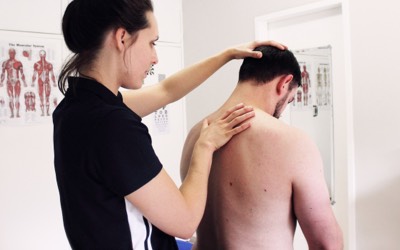
To apply the correct treatment, it requires us to distinguishes between four types of neck pain; accident/injury with trauma, acute/sudden neck pain with no trauma, slow progressing neck pain and chronic neck pain. This article is written to help you understand the structure of your neck and how tension or imbalance in the structure can cause different kinds of neck pain. Included is a detailed list of symptoms (ranging from Mild to Severe) to help you judge the urgency of receiving treatment for the pain in your neck.
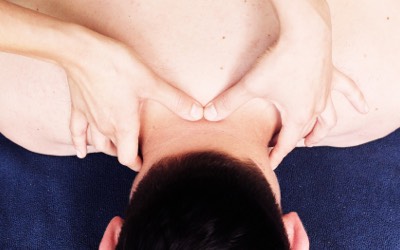
This article provides detailed causes of neck muscle spasms and levels of urgency for treating symptoms. Explanations of our diagnosis and treatment processes are included in this article. We’ve also included tips to prevent further injury or recurring injury to your neck muscles. Keep in mind that your neck muscles have a direct relationship with other parts of your body, like your shoulders and back. This means that a related injury can be causing your neck muscles to stiffen.

Cervical Discs are shock absorbers in your neck. Neck pain can be the result of one of these discs being damaged and forming a Cervical Disc Bulge or Prolapse. A slipped neck disc causes a sharp pain in your neck, shoulder blades, down your arm into your hands and/or fingers. This article includes a self-test method you can try at home.

Whiplash is a colloquial term used for a cervical acceleration/deceleration (CAD) injury to the neck and head. This means that jerking your head forwards, backwards and sideways can injure multiple muscles, ligaments and joints in one motion. This article unpacks what happens in the moment(s) of injury, tells you how to judge the seriousness of your symptoms and explains what to expect from the physiotherapy treatments.
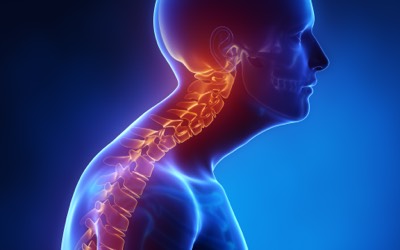
Also referred to as Cervical Spondylosis. Spondylosis refers to the normal degenerative changes caused by aging and posture. In short – it is the “wear and tear” on your neck joints. It isn’t necessarily cause for panic and alarm, even if pain progressively creeps in. Read this article to find out how and why this happens, the types of symptoms associated and how we treat it.
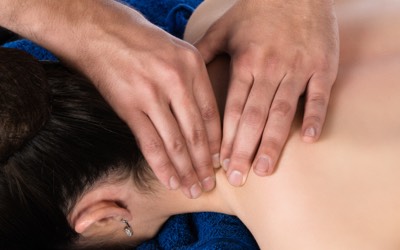
If you are reading this from a ‘funny angle’ because you cannot face your screen head-on, this article is for you! Wry neck is when your neck joint gets stuck, inflamed and you’re unable to turn your neck. This causes you to keep your neck in a fixed position to reduce the pain. We call this a wry neck – wry meaning distorted, lopsided, twisted or pulled out of its proper place. Alternatively we also call it an acute locked joint, which we have the key to unlock.
Get the help you really need
Medical professionals that care about you
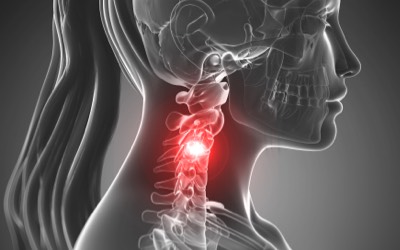
Nerves can become trapped as they run through your spine to your arms. The ‘trapping of neck nerves’ refers to the pinching of the nerve between the other underlying structures in the neck such as muscles, bones, ligaments, discs and much more. This article outlines how nerves get trapped, symptoms associated and even includes a self-test you can do at home.
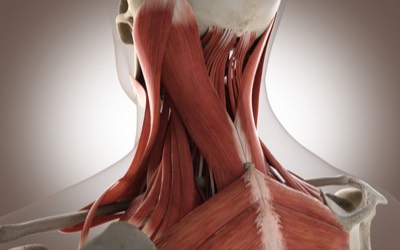
A muscular injury refers to damage done to the muscle tissue of the neck. This can happen because of faulty training, especially if you fixate your neck when you do ab workouts. Luckily physiotherapy, manual therapy combined with the right exercise program, can resolve symptoms of a neck muscle strain.

A concussion is the most under diagnosed injury in sports – mainly because athletes want to stay on the field, which tends for it to go unreported. Concussion is defined as “a mild traumatic brain injury caused by biomechanical force”. Perhaps if we all referred to it as a “mild traumatic brain injury” it would be taken more seriously. The after effects of a concussion is enough to encourage anyone to rather have it looked at, than hoping for the best.
Get to the root cause of your problem
Our team of experts guide you to heal

SKILLED EXPERIENCED MEDICAL PROFESSIONALS
“It is good if we can make you feel better, it is GREAT if we can keep you that way. ”
If you are experiencing discomfort following trauma or surgical procedures, you’ve come to the correct location. Our services cater to various types of injuries and tissue damage, including muscles, joints, tendons, ligaments, and nerves. Enroll for treatment today and begin your healing process.

